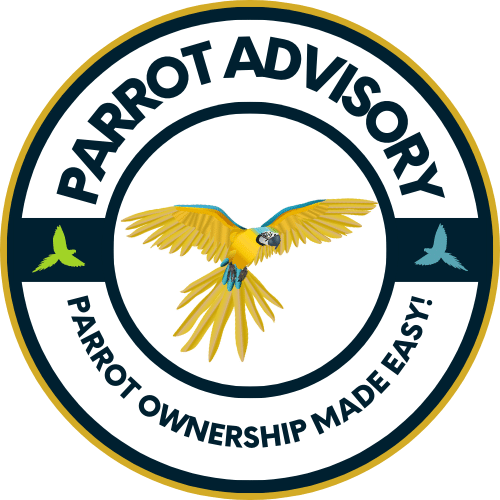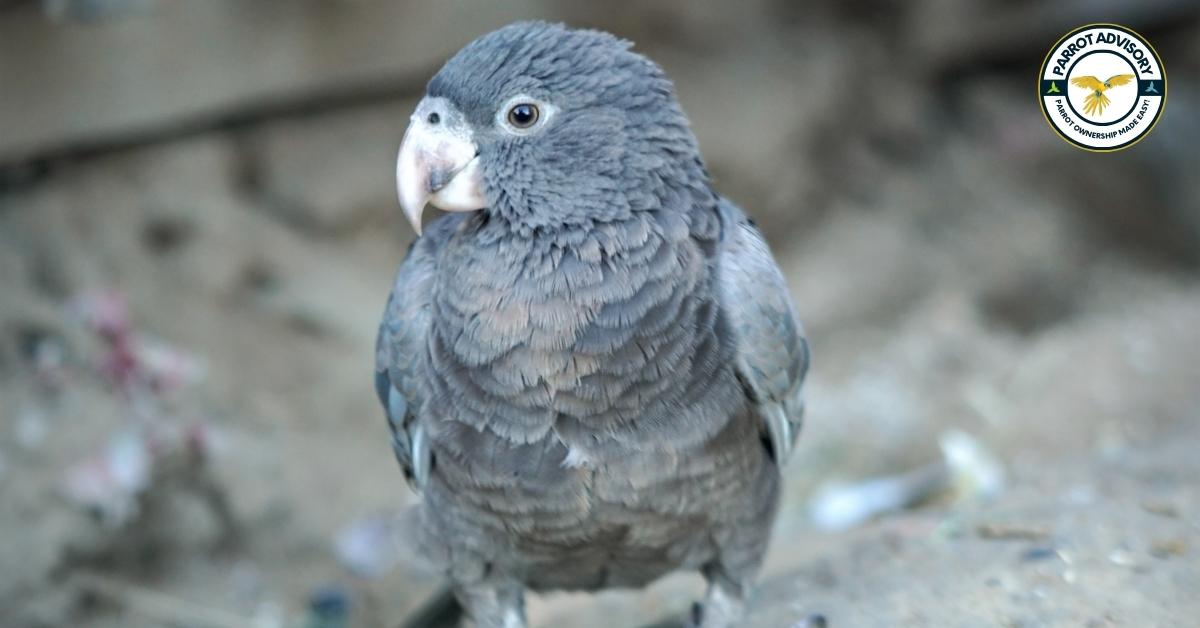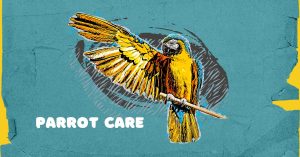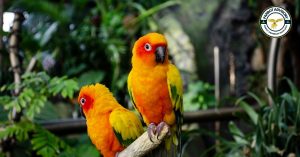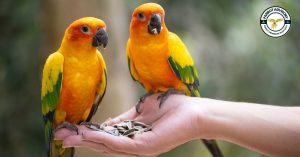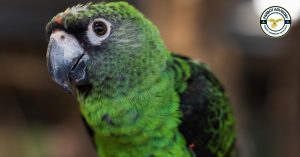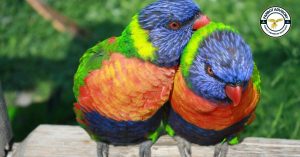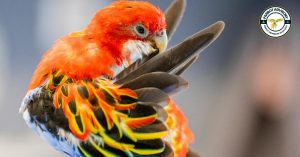The Vasa Parrot (Aratinga vasa) is one of the most endangered birds in the world, with a population that has declined by 95% over the past three decades. Here is an in-depth species profile of the Vasa Parrot, including information on its diet, breeding habits, and population size.
Origin and History
The Vasa Parrot is a species of parrot found in the New Guinea rainforest. The Vasa Parrot is about the size of a macaw, with a red head and neck, green body, and yellow beak. There are two subspecies of the Vasa Parrot- the nominate subspecies and the smaller chestnut-headed subspecies.
The Vasa Parrot is endemic to New Guinea and only found in the rainforest of the Bird’s Head Peninsula. The Vasa Parrot is listed as vulnerable by IUCN because of its limited range, but it is not considered endangered.
The Vasa Parrot is a social bird that nests in small groups of 3-6 birds. They forage for food in the canopy of the rainforest, eating fruits, nectar, and insects. They are monogamous and breed between September and December. The chicks fledge in March or April.
The Vasa Parrot is one of the few parrots that can fly backwards. This ability allows them to escape predators or to take advantage of openings in trees other parrots can’t access.
Speech and Vocalizations
The Vasa parrot is a species of parrot found in South America. The Vasa parrot is a noisy bird and is known to make a variety of sounds including laughter, whistles, and squawks. These birds also have a good singing voice.
Temperament
The Vasa parrot is a social bird that lives in groups. They are gentle and affectionate birds that enjoy being around other people. Vasa parrots are also intelligent and can be taught to talk.
Vasa Parrot Colors and Markings
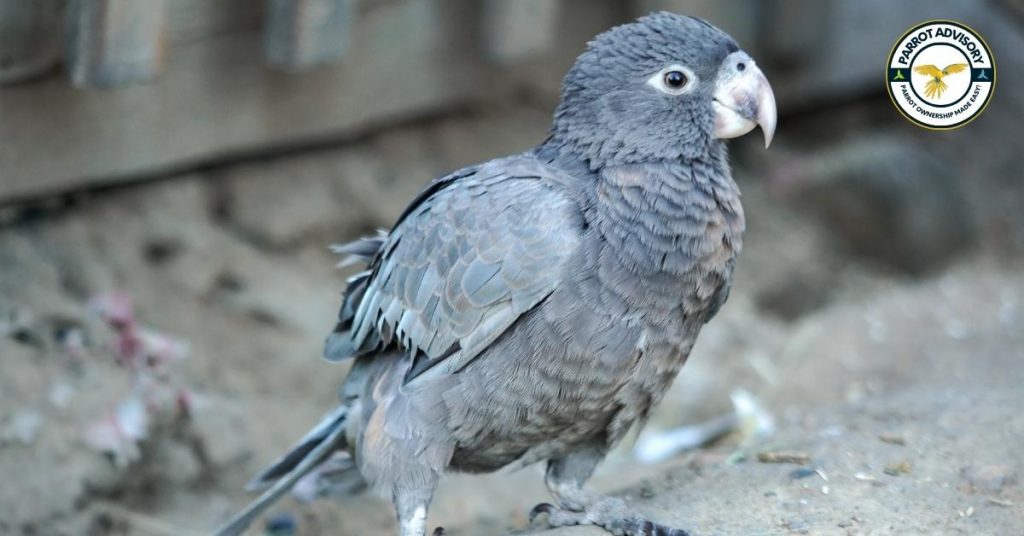
The Vasa parrot is a tropical bird found in the New World. This parrot is quite the interesting bird, with its brightly colored plumage and unusual markings. The Vasa Parrot is a multi-colored bird with a green head, red body, yellow wingtips, and black tail. The Vasa Parrot also has a white eye ring and a black beak. Adult Vasa Parrots measure 18 to 22 inches long and have a weight of 1.5 to 2.5 pounds.
The Vasa Parrot is found in Central America, South America, and parts of the Caribbean. These birds are largely arboreal and can be found in highland areas as well as lowland rainforest. They forage for food on the ground or in trees, eating insects, fruit, seeds, and buds. In captivity, the Vasa Parrot can be very tame and easy to handle.
Caring for the Vasa Parrot
The Vasa parrot is a small, colorful parrot with a blue head and tail. They are found in the rainforest of southeastern Brazil and Paraguay. These birds are considered to be near-threatened, due to habitat loss and hunting.
The Vasa parrot is a social bird that lives in pairs or small groups. They forage for food in the forest canopy, eating fruit, insects, and other small creatures. They are able to fly short distances, but prefer to perch on high trees or poles to watch their surroundings.
Common Health Problems
The vasa parrot is a tropical bird that is native to the Caribbean. The vasa parrot is listed as a threatened species in the US and there are only about 2000 individuals left in the wild. The vasa parrot is known for its colorful plumage, which can vary greatly in color and pattern. The vasa parrot also has a long tail, which it uses to balance while perched on a tree or post.
The vasa parrot is susceptible to many health problems, some of which are more common in this species than others. Some of the more common health problems include avian malaria, protozoal infection, and parasitic infection. Other health problems that have been reported in the vasa parrot include cancer and hearing loss. There are a number of ways to prevent and treat these health problems, and there are also many resources available to help bird owners care for their birds.
Diet and Nutrition
The Vasa parrot is a parrot endemic to the island of Madagascar. This species is critically endangered and the IUCN Red List lists it as vulnerable. The Vasa parrot is primarily a fruit-eating bird, but will also consume small insects and other invertebrates.
Where to Adopt or Buy a Vasa Parrot
If you are looking for a bird, the vasa parrot may be the perfect choice for you. This species is currently listed as a species of concern by the IUCN, but with proper care and management, they can make great pets. Here are some tips to help you find or adopt a vasa parrot:
-First and foremost, make sure you have a lot of space in your home to accommodate this bird. Vasa parrots can be very active and need plenty of room to fly and play.
-Secondly, be prepared to pay a high price tag for a vasa parrot. They are not always easy to find, so if you are interested in purchasing one, be prepared to pay up.
-Finally, keep in mind that vasa parrots require lots of attention. If you cannot commit to providing regular care for your bird, it may be best to refrain from adopting one.
Conclusion
The Vasa parrot is a medium-sized green parrot found in the New Guinea Highlands. It is the only species in its genus and was previously placed in the family Psittaculidae, but has since been reclassified as a member of the Caatinga subfamily Arcoideinae. The Vasa parrot averages around 25 cm (10 inches) long and weighs around 1 kg (2.2 pounds). The male has red head, neck and shoulders, while the female is mainly green with a buff bar on her forehead. There are six recognized subspecies of Vasa parrots; all of which differ slightly in plumage coloration and size.
